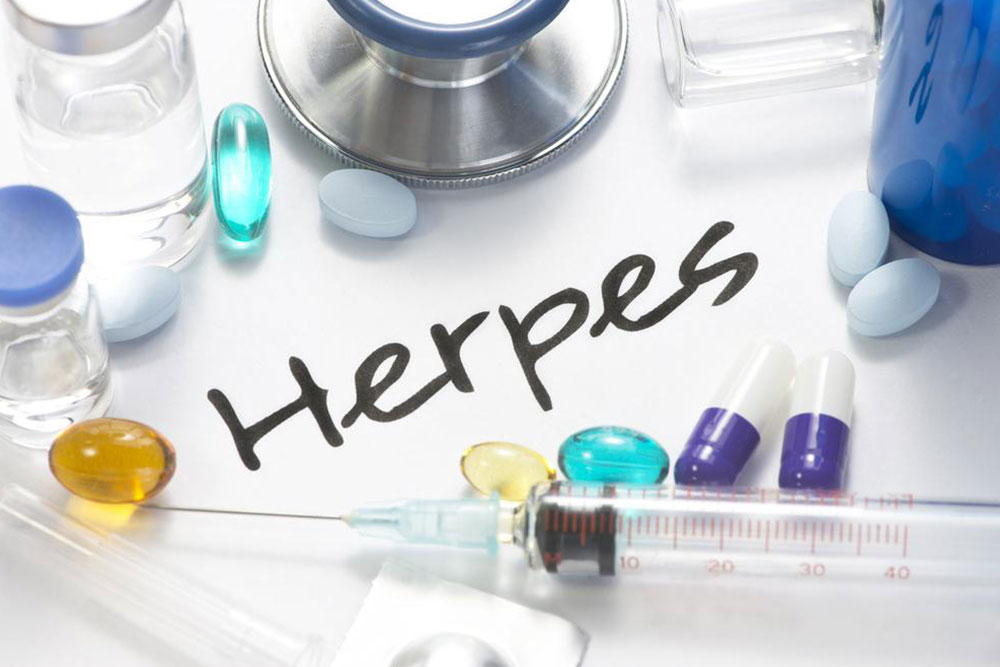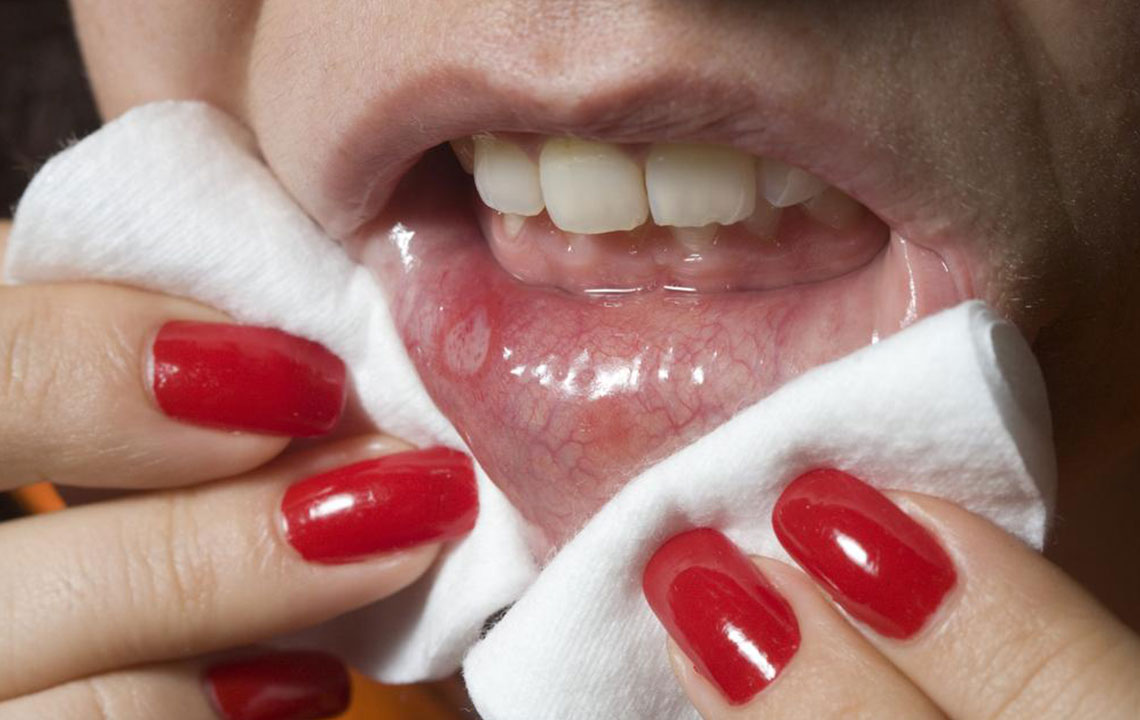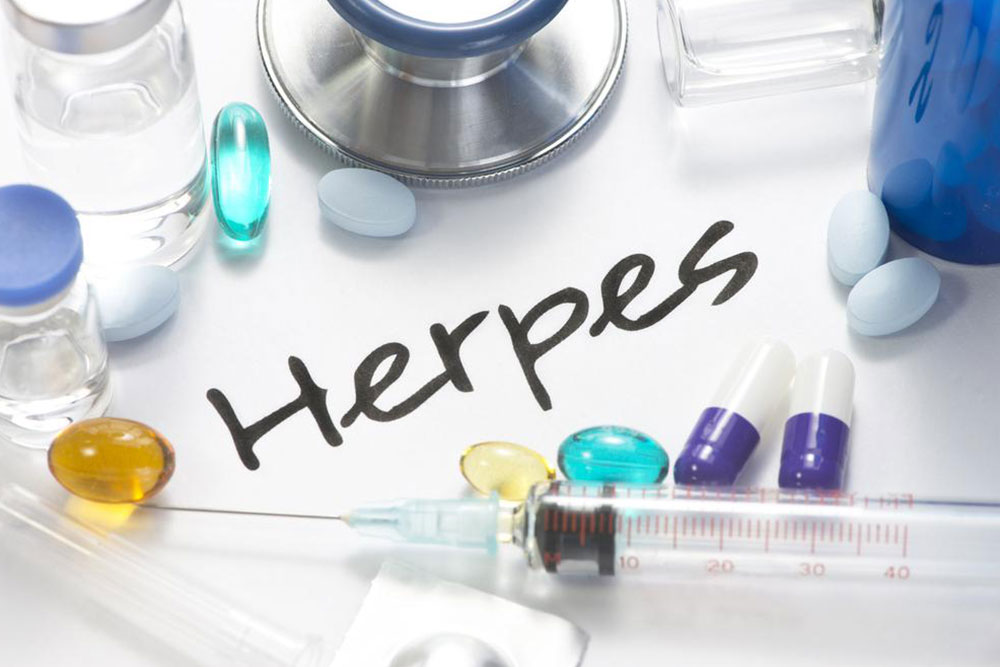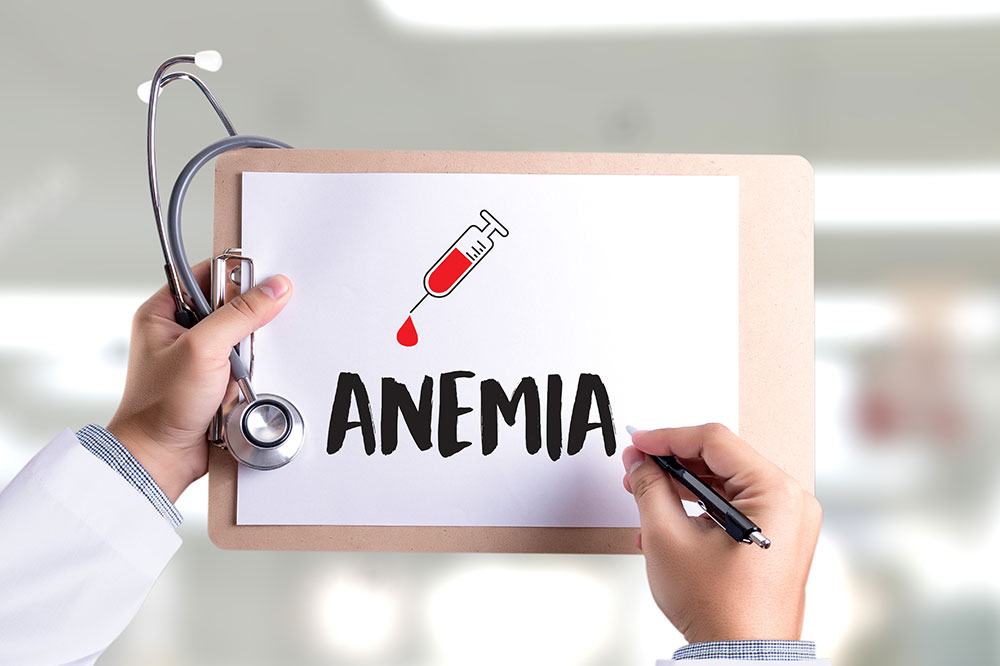Understanding Herpes: Types and Prevention Strategies
This article offers an in-depth overview of herpes, emphasizing its types, symptoms, transmission, and prevention strategies. It aims to educate readers about living with herpes safely through effective management and preventive measures. The content highlights the differences between HSV-1 and HSV-2, their recurrent nature, and practical steps to reduce risk, including lifestyle adjustments and medication options. Designed for public awareness, it encourages understanding and responsible health practices to manage this common viral infection effectively.
Understanding Herpes: Types and Prevention Strategies
Understanding Herpes: Types and Prevention
Herpes is a viral infection caused by the herpes simplex virus, which is prevalent and can remain dormant in the body. It affects areas such as the genitals, anus, mucous membranes, and skin. Many carriers show no symptoms but can still transmit the virus. Transmission often occurs through skin contact with infected areas, leading to symptoms like blisters, ulcers, painful urination, cold sores, and unusual vaginal discharge.

Though annoying and painful, herpes is not typically dangerous and is treatable with over-the-counter medications and home remedies.
Types of herpes
Two main strains are HSV-1 (oral herpes) and HSV-2 (genital herpes).
Herpes around the mouth
When HSV-1 infects the mouth area, it causes cold sores or fever blisters on the lips, mouth, and throat. HSV-1 is more prone to recur on the face than the genitals.
HSV-2 primarily infects the genital area, causing sores on the vulva, vagina, cervix, anus, penis, scrotum, inner thighs, and buttocks. It tends to reoccur more frequently when located there. Both strains lead to similar symptoms, regardless of the site. The virus takes 2 to 14 days to show symptoms after initial infection, typically around 4-5 days. Recurrences are often milder, faster to heal, and less severe over time. The primary infection can be painful, with blisters, itching, discharge, and fever, while recurrences usually last under ten days with milder symptoms.
Herpes spreads easily via moist skin contact with an infected person’s mouth, anus, or genitals. Although there's no cure, antiviral medications can shorten the duration of outbreaks, but recurrent episodes are generally mild and self-limiting.
Preventing herpes
Prevention includes suppressive therapy for frequent outbreaks, using condoms, avoiding sexual activity during symptoms, limiting sexual partners, and identifying personal triggers. Maintaining a healthy diet, sufficient sleep, and managing stress bolster immune defenses. Soreness caused by waxing, tight clothing, or sexual activity can also trigger outbreaks, so caution is advised.
If outbreaks are frequent, doctors may recommend daily suppressants to reduce and prevent future episodes.
Use condoms consistently during sexual activity.
Avoid intimacy when symptoms are present.
Refrain from kissing during cold sore outbreaks.
Limit the number of sexual partners.
Identify and avoid personal herpes triggers.
Adopt a diet rich in fruits and vegetables.
Ensure adequate sleep and reduce stress to strengthen immunity.
Avoid activities that cause skin irritation such as waxing or tight clothing.
Interesting facts about herpes
Over 50% of the population has HSV-1, and approximately 15.5% carry HSV-2.
Herpes can appear years after initial infection, even in long-term faithful partnerships, and is not necessarily linked to infidelity.
Genital herpes cannot be contracted from toilet seats or topical ointments.










